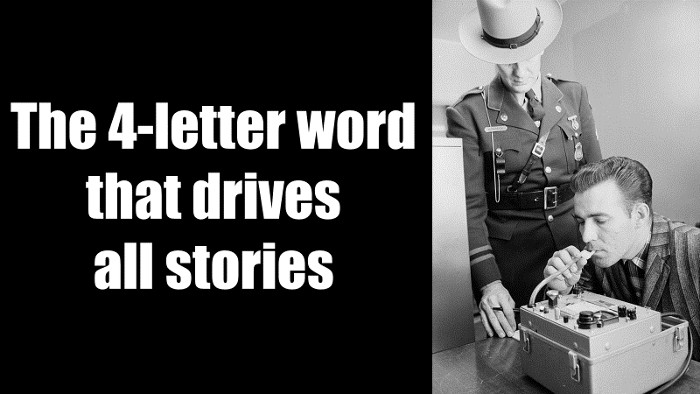
A child plays alone in the corner. She raises a wooden block, lets it go and squeals in delight as the cube falls to the floor. Similar tests lead to similar results and so she tries something different. She raises the block higher and observes that it hits the floor harder. With each experiment, she learns something new.
Children learn by telling themselves stories that explain the results of their tests. The trajectories of those stories depend upon three possible test results: positive, negative, or neutral.
| Test | Example |
| Positive results confirm existing knowledge |
The higher I raise the rubber ball, the higher it bounces |
| Negative results lead to new knowledge | Changing the color of the rubber ball does not change the height of its bounce |
| Neutral results teach us nothing | Although I can hear the ball bounce in the dark, I can only assume how high it bounced since I can’t actually observe it |
We’re always testing. We taste-test while cooking food, test our brakes before heading down a steep grade, and test the temperature of our bath water before splashdown. Customers test too. They’ll read online reviews to test owner reactions and test their purchase decisions with upper management, peers, and direct reports. And finally, storytellers are master testers. Storytellers test their characters wills, the soundness of their ideas, and the way each responds to the repercussions of their actions.
It’s all about the test. So, what tests are you using in your stories?
Photo Credit: Leffler, Warren K, photographer. Drunkmeter Test. , 1965. Photograph. Retrieved from the Library of Congress, https://www.loc.gov/item/2016646642/.